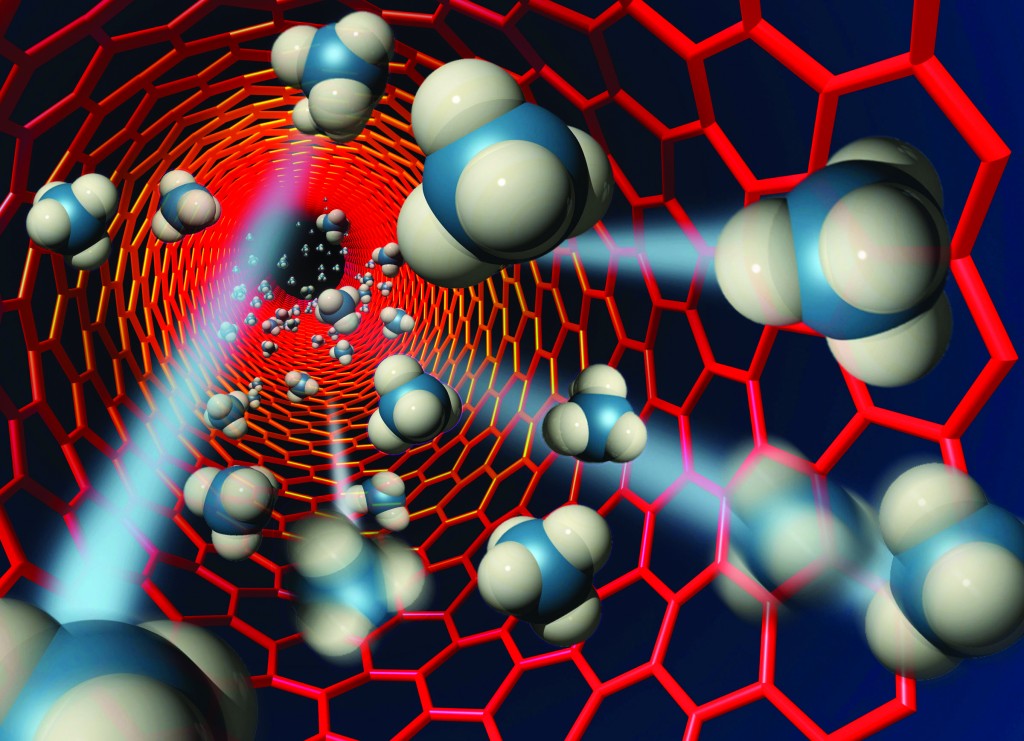 The global nanotechnology-based medical devices market is poised to grow at a CAGR of 11-12% from 2014 to 2019. The rapid surge in aging population, increasing international research collaboration, and increased government support for nanotechnology are the major factors driving the growth of the nanotechnology-based medical devices market.
The global nanotechnology-based medical devices market is poised to grow at a CAGR of 11-12% from 2014 to 2019. The rapid surge in aging population, increasing international research collaboration, and increased government support for nanotechnology are the major factors driving the growth of the nanotechnology-based medical devices market.
This is one of the areas in which nanotechnology is set to make an impact and who’s use will grow exponentially & prove to be truly disruptive. It may not be long before, instead of going into hospital for major surgery we simply down a glass of nanobots which travel through the bloodstream to arrive at their pre-programmed destination to perform corrective survey without any disruptive invasive procedure.
Another exciting example of Nanotechnology is self-healing materials. These will be able to repair themselves by utilising tiny robots which live on or in the material itself. The Automotive industry is actively engaged in research to develop self -healing paints which will remain scratch free indefinitely.
Nanotechnology is a truly disruptive advance which is set to transform our world forever.


